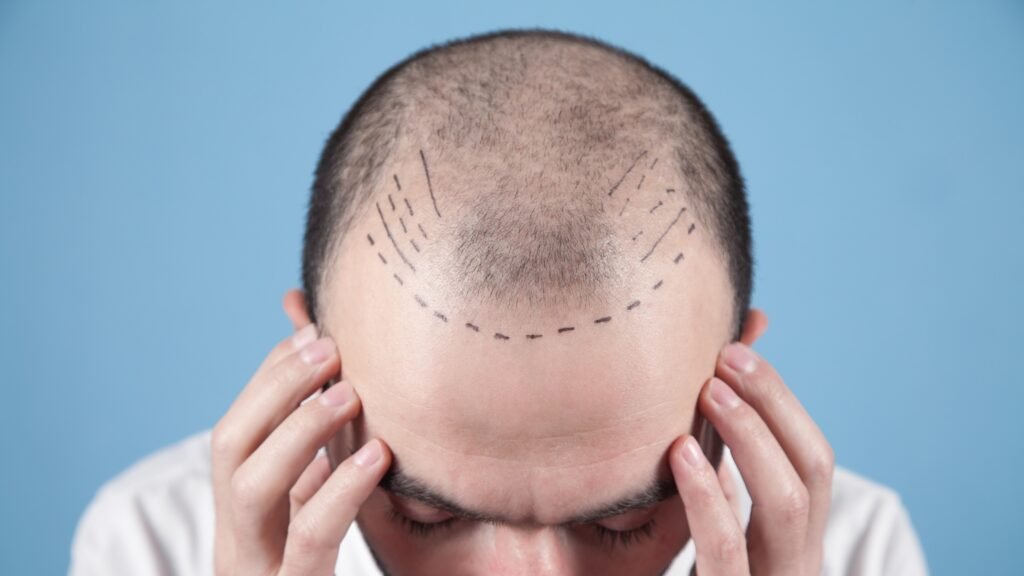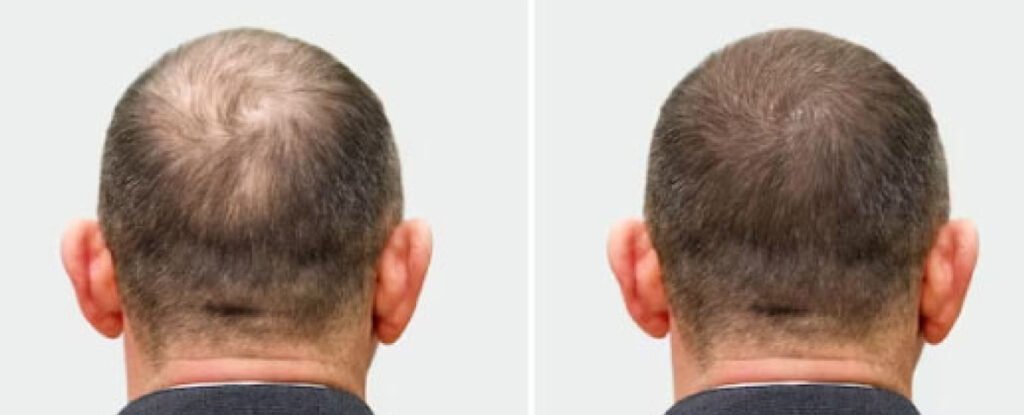KNOW ABOUT LASER HAIR REMOVAL Laser hair removal is a popular and effective method for permanently reducing unwanted hair on the body. It works by using a laser to target the pigment in the hair follicles, which heats and damages the follicles to prevent hair growth. Laser hair removal is most effective on people with dark hair and light skin, but there are now lasers available that can safely treat a wider range of skin tones. One of the main advantages of laser hair removal is that it can provide long-term results. While it may not completely eliminate all hair growth, most people experience a significant reduction in the amount and density of hair after a series of treatments. Laser hair removal can be used on almost any area of the body, including the face, legs, arms, underarms, and bikini area. The procedure itself is relatively quick and can be performed in a dermatologist’s office or a spa. Most people experience some redness and swelling after treatment, but this usually disappears within a few hours. It’s important to protect the treated skin from the sun for a few weeks after treatment to prevent hyperpigmentation. Laser hair removal is generally considered safe, but it’s important to choose a reputable provider and to have realistic expectations about the results. It’s also important to follow the pre-treatment and post-treatment instructions provided by the provider to ensure the best possible results. Overall, laser hair removal is an effective and convenient option for permanently reducing unwanted hair on the body. While it may not be suitable for everyone, it can provide long-term results and a significant reduction in the amount of hair for many people. The Benefits and Risks of Hair Transplant Surgery: What You Need to Know Hair loss can be a difficult and emotional experience, and hair transplant surgery can be a great solution for many people. But as with any surgery, it is important to be informed about the benefits and risks of the procedure. One of the main benefits of hair transplant surgery is that it is a permanent solution to hair loss. Unlike other treatments such as wigs, hairpieces, and hair loss medications, a hair transplant provides a natural-looking head of hair that can be styled and maintained just like your own natural hair. Another benefit of hair transplant surgery is that it can improve self-esteem and confidence. Losing hair can be a difficult experience that can affect one’s self-esteem, but a hair transplant can help to restore confidence and a positive self-image. However, there are also risks associated with hair transplant surgery. One of the most common risks is scarring. The procedure involves the removal of hair follicles from one area of the scalp, and this can result in some scarring. However, most surgeons use techniques that minimize scarring, and it is usually not visible if the hair is long. Another risk is infection. As with any surgical procedure, there is a risk of infection, but this risk is relatively low if the patient takes care of the area after the surgery. Finally, there’s a risk of dissatisfaction with the results. Although it’s rare, some patients may not be satisfied with the final results, and the transplant may not look as natural as they expected. This could happen if the patient has unrealistic expectations, if the surgeon didn’t follow the patient’s wishes, or if the patient didn’t take care of the transplanted area properly. In conclusion, hair transplant surgery can be a great solution for hair loss, but it’s important to be aware of the benefits and risks associated with the procedure. It’s essential to find a reputable and experienced surgeon, who can provide realistic expectations and guide the patient through the process. With the right surgeon, a hair transplant can provide a permanent solution to hair loss and help to restore confidence and a positive self-image. The Science Behind Hair Transplantation: How it Works Hair transplantation is a surgical procedure that involves moving hair from one area of the scalp to another. The science behind the procedure is based on the fact that hair follicles in certain areas of the scalp are genetically programmed to be resistant to hair loss. These areas, called the “donor site,” typically have thicker, healthier hair, and are located on the back and sides of the head. The procedure begins by removing hair follicles from the donor site. This is done using one of two techniques: Follicular Unit Extraction (FUE) or Follicular Unit Transplantation (FUT). FUE involves removing individual hair follicles from the donor site using a tiny punch tool. These hair follicles are then transplanted to the areas of the scalp that are thinning or balding, called the “recipient site.” This technique is known to be less invasive, and it leaves minimal scarring. FUT involves removing a strip of skin from the back of the head and then dissecting it into individual hair follicles. These hair follicles are then transplanted to the recipient site. This technique leaves a linear scar on the back of the head, but it’s usually not visible if the hair is long. After the hair follicles have been transplanted to the recipient site, they start to grow new hair. The transplanted hair will fall out within a few weeks, but new hair will start to grow within a few months. The final results can take up to a year to see, but the new hair will continue to grow for a lifetime. In conclusion, hair transplantation works by removing hair follicles from a genetically programmed “donor site” and transplanting them to the areas of the scalp that are thinning or balding. With the advancements in technology, the procedure has become more precise, and the results are more natural-looking. With the right surgeon, hair transplantation can provide a permanent solution to hair loss and give you the confidence to feel great about yourself. Reborn healthcare JP Nagar Bengaluru providing best and guaranty result of hair transplant treatment with




